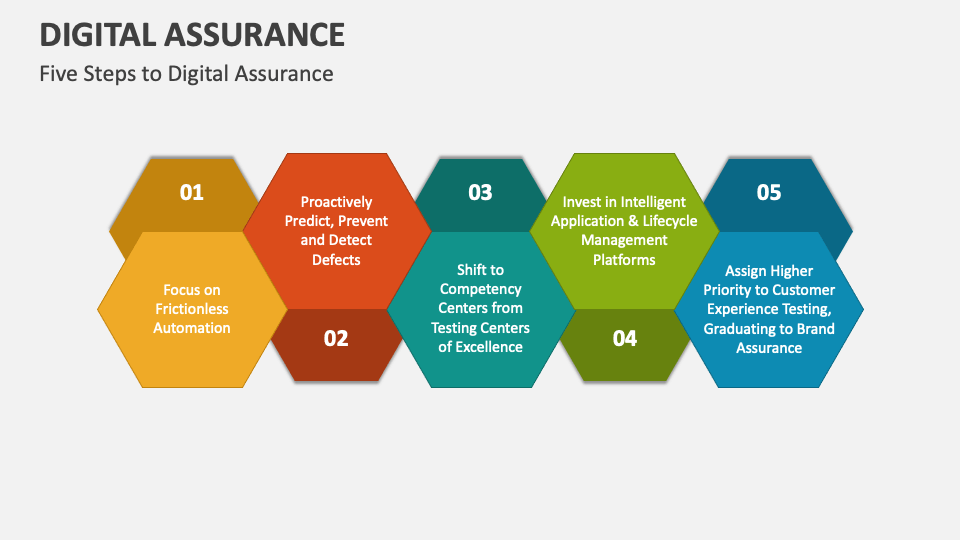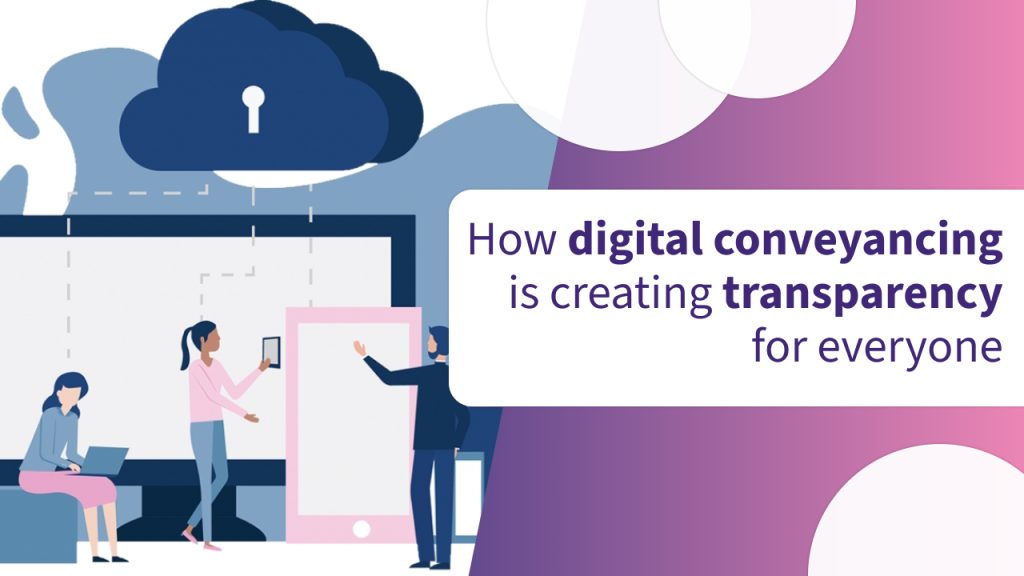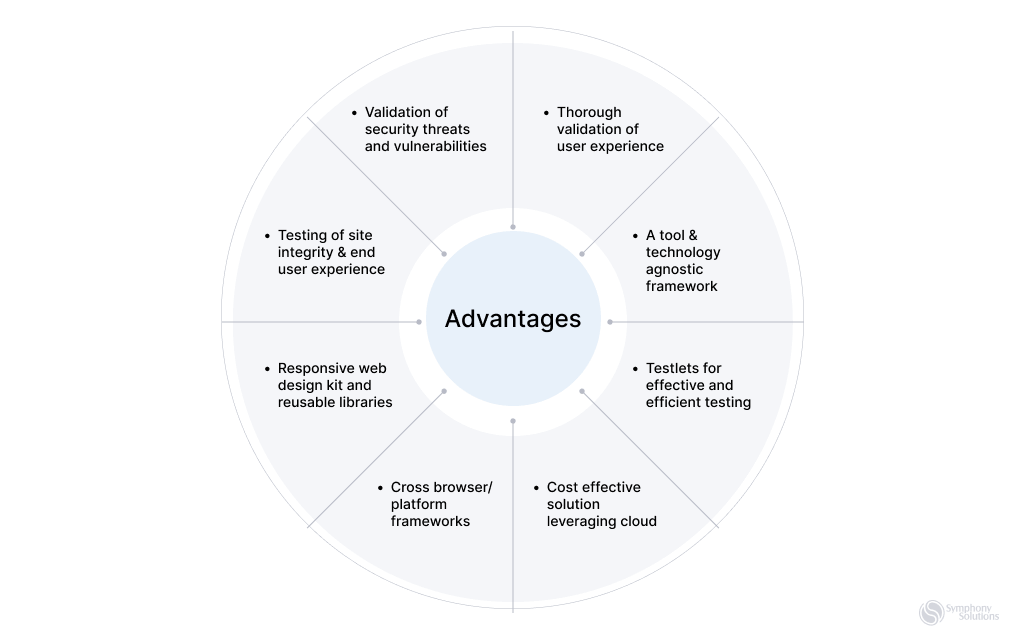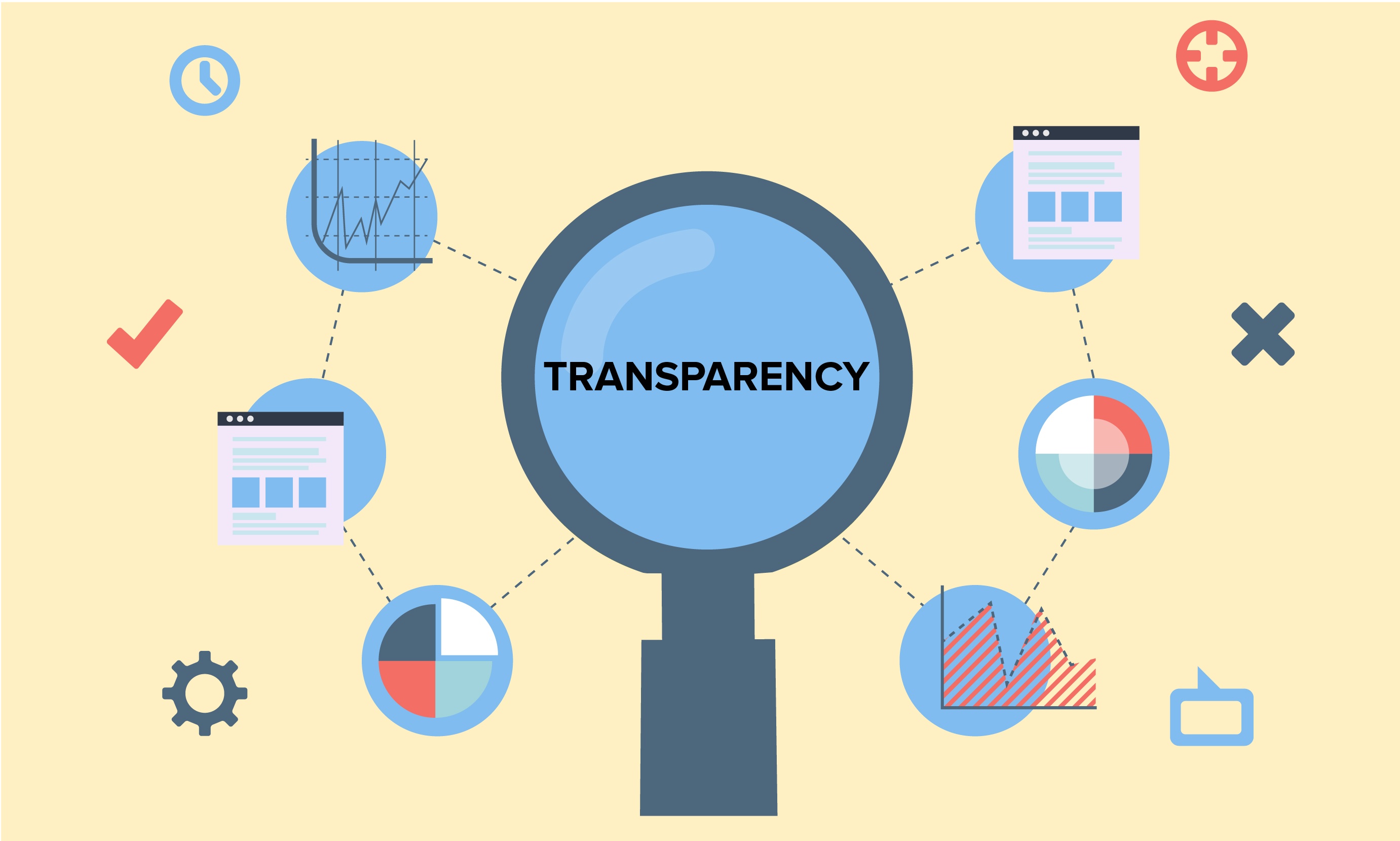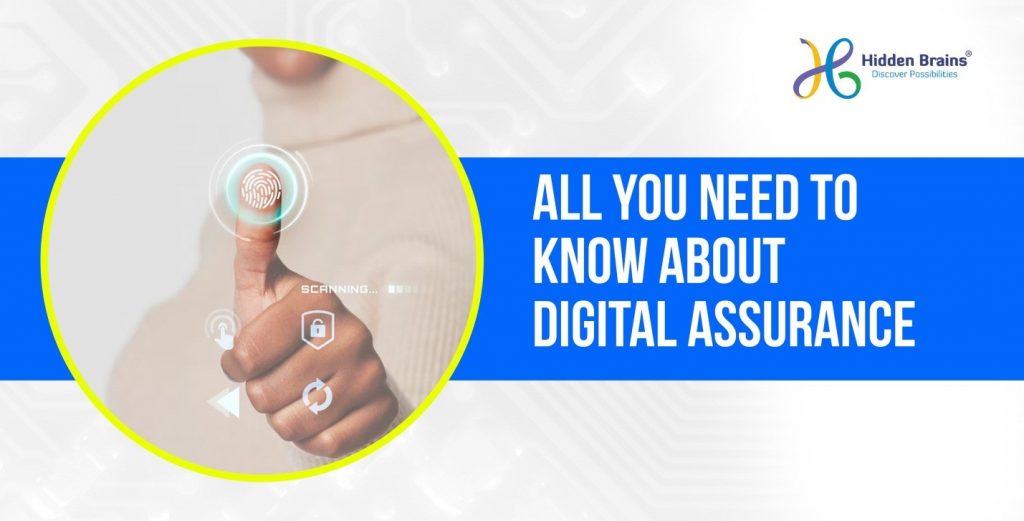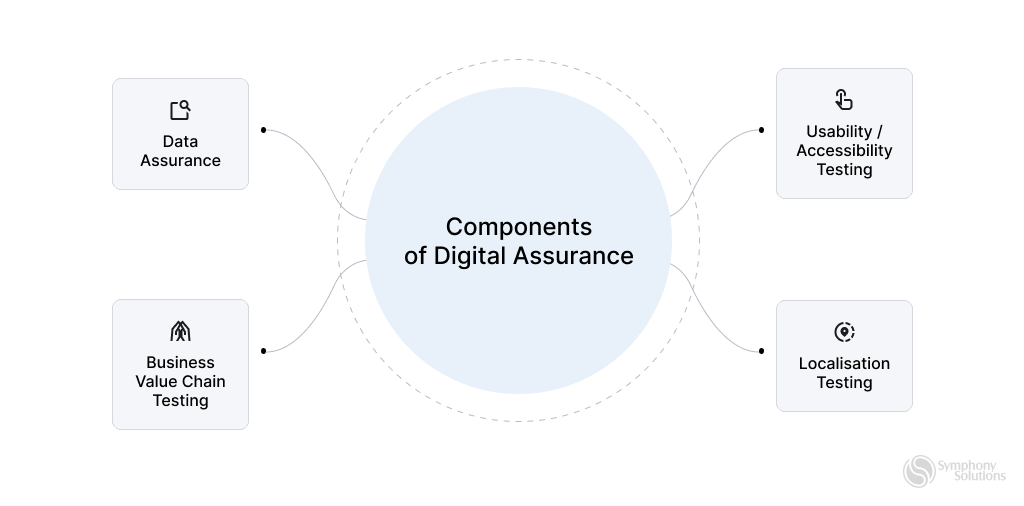What Is Digital Assurance And Transparency
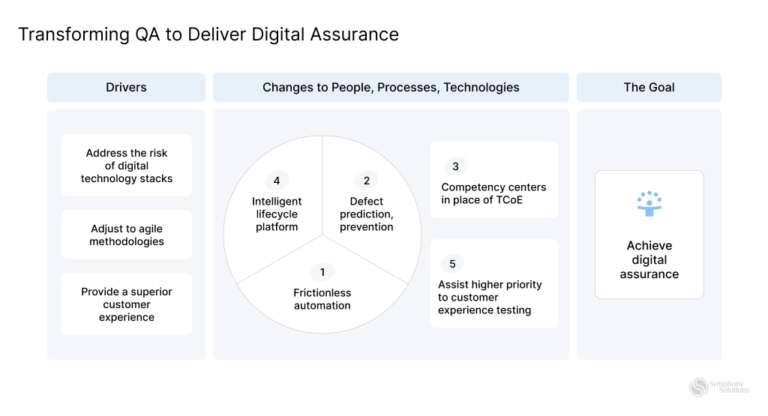
In an era defined by algorithms and data, a silent crisis of trust is brewing. Every click, every search, every online interaction is mediated by systems increasingly opaque and complex. The question isn't just whether these systems work, but whether they work fairly, ethically, and in the best interests of society.
This article delves into the emerging field of Digital Assurance and Transparency (DAT). We'll explore its definition, its core principles, and the crucial role it plays in building trust in an increasingly digital world. We'll also examine the challenges and opportunities associated with implementing DAT effectively.
Understanding Digital Assurance and Transparency
At its core, Digital Assurance and Transparency is about providing verifiable evidence that digital systems – from algorithms that determine loan eligibility to AI models that moderate online content – are performing as intended and adhering to ethical guidelines.
Think of it as an audit for the digital age, but one that goes beyond simply checking for bugs. It aims to provide insight into how these systems operate and hold them accountable. Transparency forms the bedrock of assurance, allowing scrutiny and understanding.
Key Components of DAT
Several elements intertwine to make DAT a reality. They include explainability, auditability, and accountability.
Explainability refers to the capacity to understand and articulate how a digital system arrives at a particular outcome. This is especially critical for complex algorithms like those used in machine learning.
Auditability means creating trails of evidence that enable independent verification of a system's operation. This allows experts to dissect the system's process to reveal potential biases and failures.
Accountability focuses on assigning responsibility for the system’s decisions and actions. This entails establishing clear lines of authority and providing mechanisms for redress when things go wrong.
The Need for Digital Assurance and Transparency
The rise of AI and algorithmic decision-making has amplified concerns about bias, discrimination, and lack of accountability. Algorithms affect our lives in profound ways, often without our knowledge.
From personalized pricing to risk assessments in criminal justice, algorithms exert significant influence. Without proper assurance, these systems can perpetuate existing inequalities or introduce new forms of injustice.
Consider the use of AI in hiring processes. If the algorithm is trained on biased data, it may discriminate against certain demographic groups, perpetuating existing inequalities in the workforce.
"Transparency is not the same as understanding, but it's a necessary condition for it," says Dr. Anya Sharma, a leading researcher in AI ethics at the University of California, Berkeley. "Without transparency, we cannot even begin to assess the fairness and reliability of digital systems."
Challenges in Implementing DAT
While the need for DAT is clear, its implementation presents significant hurdles. One challenge is the inherent complexity of many digital systems.
Black box algorithms, particularly those based on deep learning, can be incredibly difficult to understand, even for experts. Furthermore, ensuring transparency without compromising proprietary information or trade secrets requires careful consideration.
Another challenge is the lack of standardized frameworks and regulations. Currently, there is no universally accepted set of guidelines for assessing the assurance and transparency of digital systems.
Overcoming the Challenges
Addressing these challenges requires a multi-pronged approach. Collaboration between researchers, policymakers, and industry is essential.
Investing in research on explainable AI (XAI) is crucial for developing techniques to make complex algorithms more transparent. Developing robust audit methodologies and establishing clear regulatory standards are also vital steps.
The IEEE, for example, has been working on standards for ethically aligned design of autonomous and intelligent systems, offering guidance on how to incorporate ethical considerations into the development process.
Benefits of Embracing DAT
While implementing DAT may seem daunting, the benefits far outweigh the costs. Increased trust in digital systems is one of the most significant advantages.
When people understand how these systems work and have confidence in their fairness and reliability, they are more likely to adopt and utilize them. DAT can also foster innovation by promoting responsible development and deployment of new technologies.
Companies that prioritize digital assurance and transparency can gain a competitive advantage. Consumers are increasingly demanding ethical and transparent products and services.
The Future of Digital Assurance and Transparency
DAT is poised to become an increasingly important field as digital systems become even more pervasive. We can expect to see further advancements in XAI techniques, as well as the development of more sophisticated audit methodologies.
The development of standardized frameworks and regulations is also likely, although this process may take time. Ultimately, the success of DAT will depend on a collective commitment to building a more trustworthy and equitable digital world.
Moving forward, embedding ethical considerations into the design process and continuous monitoring of digital systems will be key. This will foster a culture of accountability, where digital systems are not only effective, but also aligned with human values.


